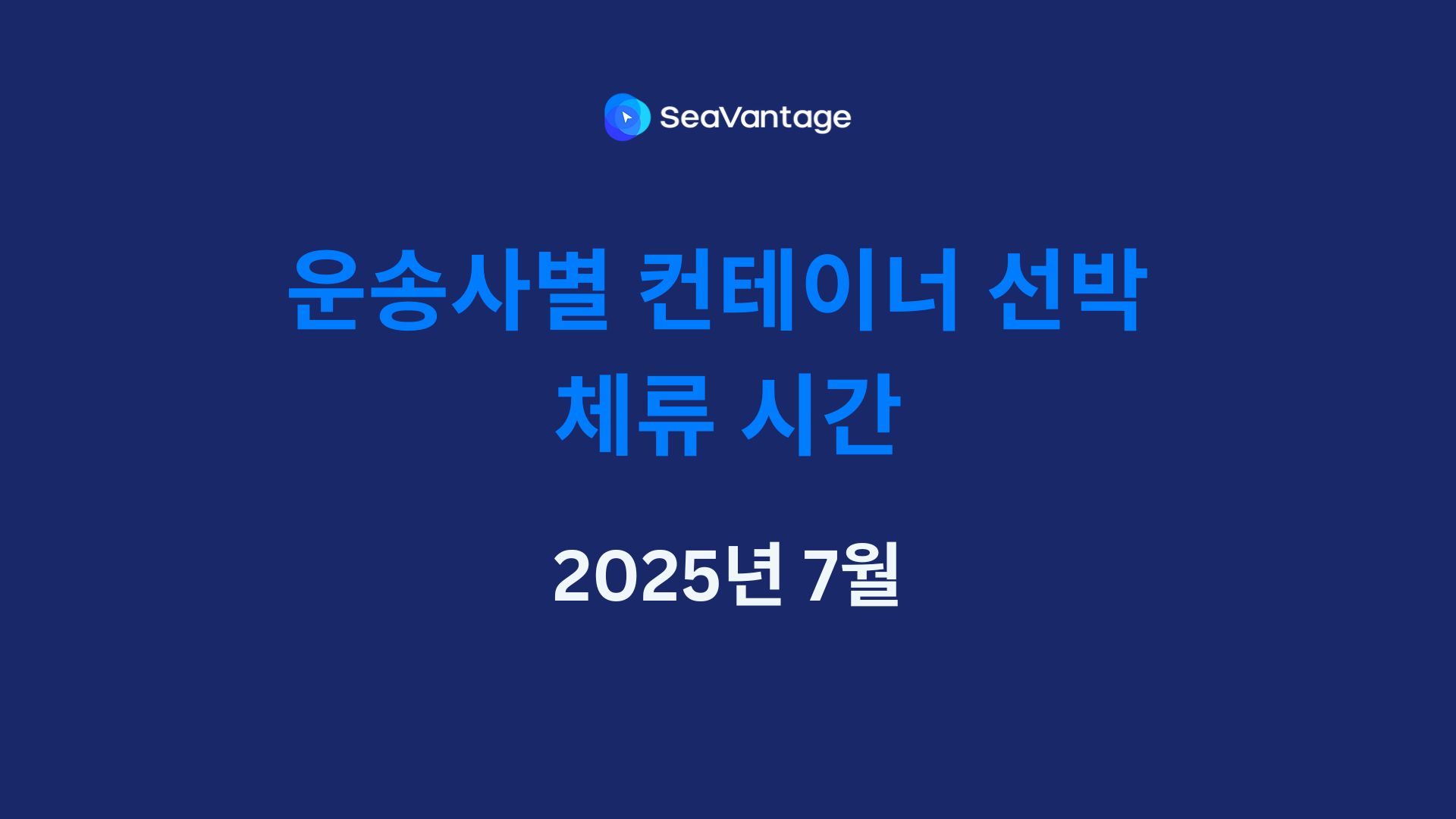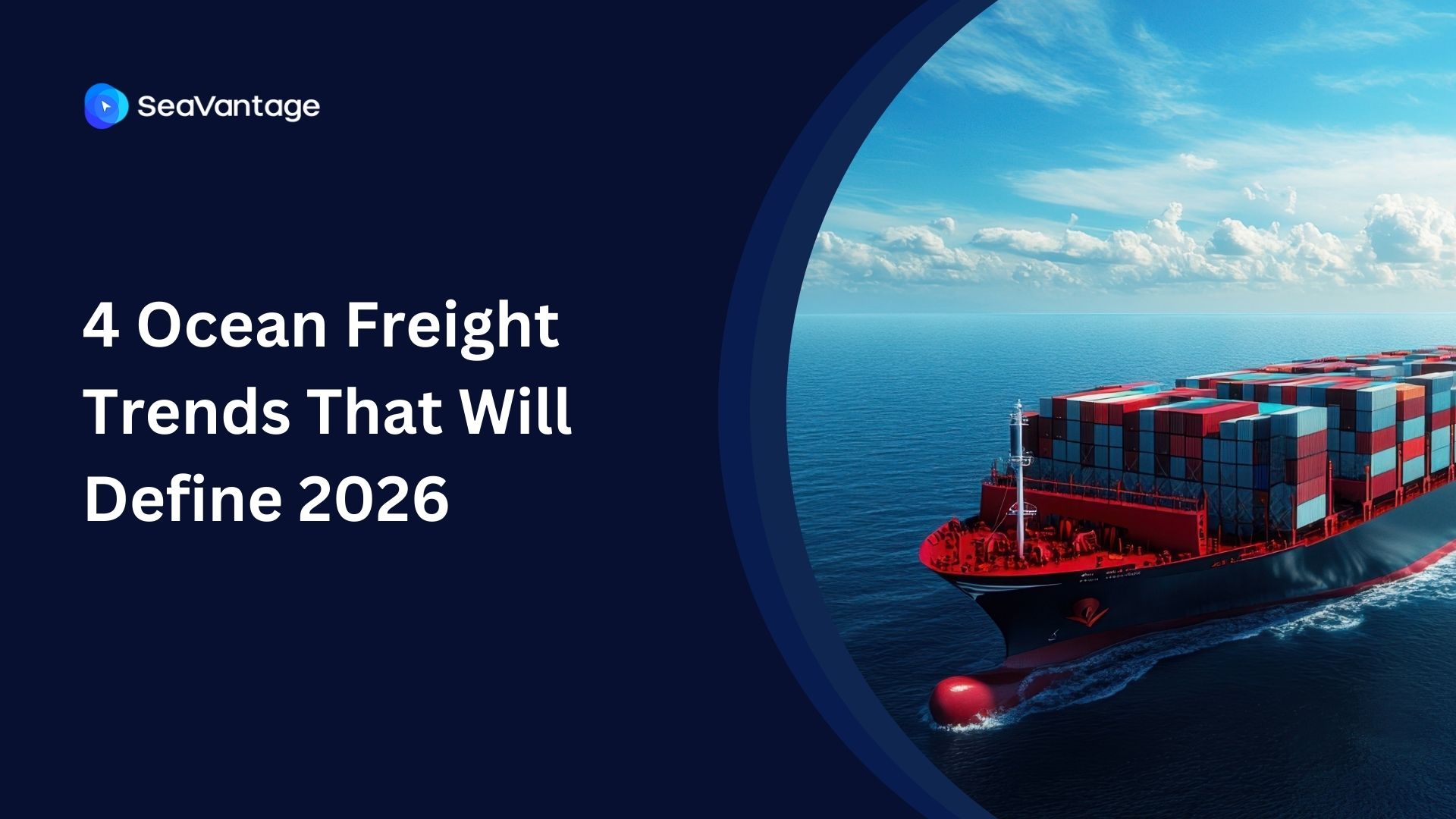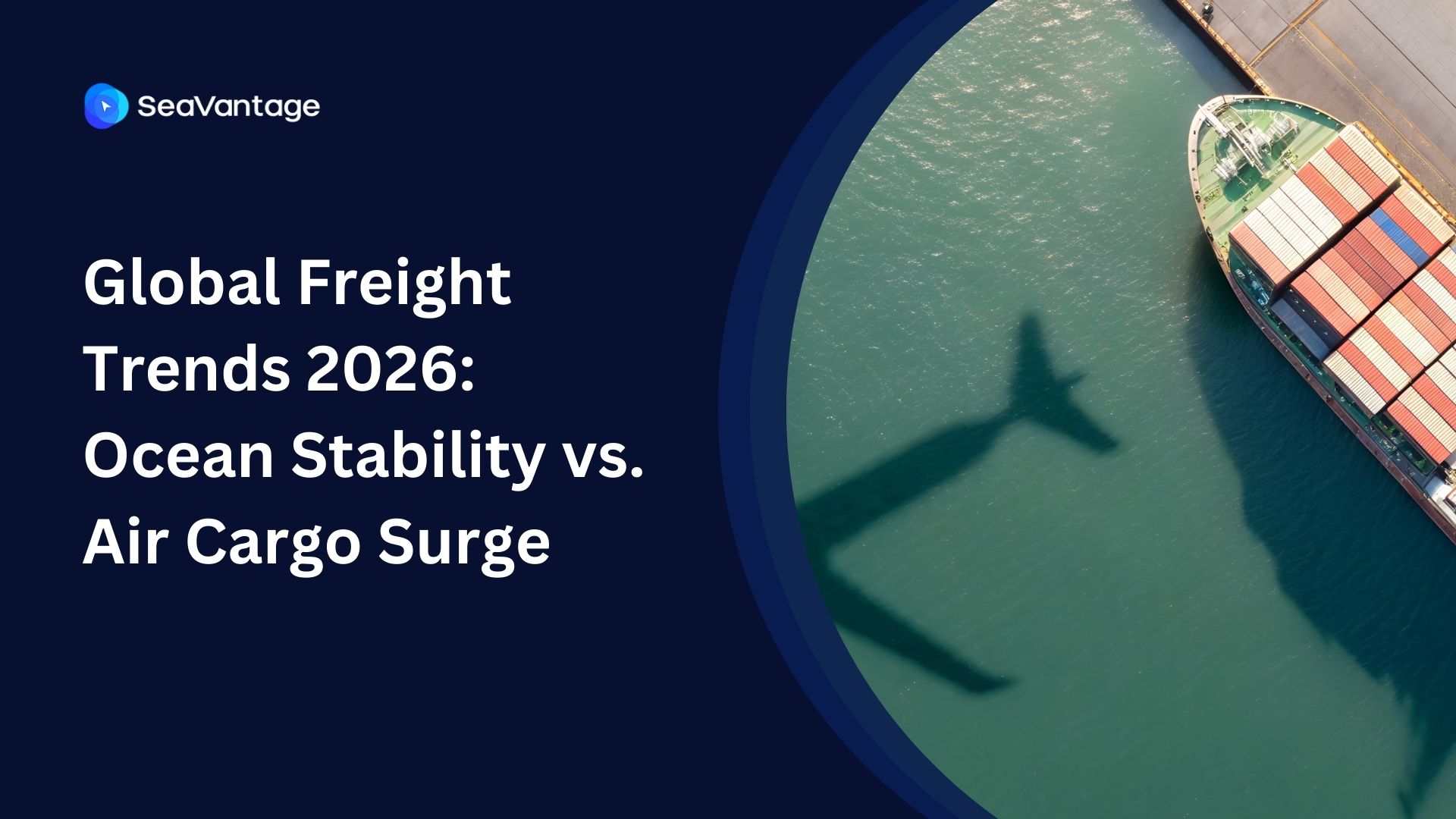How U.S. Port Fees on Chinese Ships Could Reshape Korea’s Maritime Industry
The United States has announced a significant policy shift: a steep increase in port entry fees for vessels built in China. This move is more than a trade measure—it signals a strategic effort to curb China’s growing dominance in global shipping and shipbuilding, while breathing new life into the U.S. maritime industry.
South Korea, a major player in both shipping and shipbuilding, won’t be immune to the ripple effects. This article takes a closer look at what’s driving the new U.S. regulations and explores how they could reshape the landscape for Korean companies.
The Drivers Behind U.S. Sanctions on Chinese Vessels
Why now? Several factors lie behind Washington’s decision.
The Office of the U.S. Trade Representative (USTR) has raised red flags over China's rising control of the global shipbuilding market. Between 1999 and 2023, the share of Chinese-built vessels skyrocketed—more than tenfold. That growth, U.S. officials argue, has serious national security implications.
China’s strategy has been clear: consolidate production under massive state-owned shipyards and scale up quickly. This approach has paid off. Not only has China overtaken the U.S. in shipbuilding capacity, but it has also widened the gap significantly.
As a result, concerns are mounting in Washington that the U.S. is losing critical ground—not just economically, but in terms of maritime military balance.
To push back, the U.S. is adopting measures aimed squarely at slowing China’s momentum. Chief among them: newly proposed port entry fees for Chinese-built vessels. These fees serve a dual purpose—limiting China’s access to the U.S. market while signaling that advanced shipbuilding capabilities with potential military applications will be met with resistance.
What the New U.S. Regulations Propose
Here’s how the policy is shaping up.
The USTR’s proposed regulations focus on port entry fees calculated by vessel tonnage, targeting both Chinese carriers and ships built in China. While the rules are still under discussion, the U.S. International Trade Commission (USITC) is expected to finalize key details—rate tiers, exemption criteria—after a public hearing scheduled for March 24.

According to SeaVantage data, Chinese-built container ships called at U.S. ports 4,136 times in 2024, making up 24.3% of total port entries. That’s not a minor presence—it’s a quarter of the traffic. Imposing substantial fees on this segment will hit operators hard.

And if multiple criteria are used to calculate fees? The impact deepens. An estimated 36.2% of vessels operated by major Chinese carriers like COSCO and OOCL could face extra surcharges simply due to their origin. These rising costs may force carriers to rethink fleet deployment strategies, especially on U.S.-bound routes.
Implications for Korea: Risks and Opportunities
Korean industries are watching closely.
If Chinese carriers reduce service on U.S. routes due to cost pressures, capacity could shrink. That could push freight rates upward—a potential challenge for exporters but a boost for other carriers.
However, displaced Chinese vessels might be redirected to intra-Asia routes. The result? A possible oversupply in regional markets, intensified competition, and downward pressure on rates. Korean short-haul operators could be squeezed.
Still, there’s a potential silver lining for Korea’s shipbuilders. If global carriers start shifting away from Chinese-built vessels, Korean shipyards may see rising demand. The opportunity to regain market share—and reputation—could grow.
SeaVantage: Navigating Shifting Currents with Data-Driven Agility
In an era of fast-moving policy shifts, adaptability is everything.
SeaVantage empowers stakeholders in the shipping and logistics industries with AI-driven analytics, offering real-time visibility into global trends and emerging risks. For example, clients can monitor the share of Chinese-built vessels entering U.S. ports, assess their exposure, and develop proactive strategies before disruptions occur.
The platform also enables granular analysis across dimensions like vessel build country, nationality, and carrier—making it easier to identify assets that could be affected by future regulations. Predictive models provide valuable forecasts for demand and supply across key trade routes, helping clients stay a step ahead.
In a world where policies can shift overnight, SeaVantage offers the intelligence you need to act with confidence.
Explore the Full Suite of SeaVantage Solutions
SeaVantage provides AI-powered tools designed to improve operational clarity and strengthen decision-making in the maritime and logistics sectors:
- Cargo Insight – Track containers across all major carriers, terminals, and ports.
- Ship Insight – Discover the real-time location of all types of vessels
- Port Insight – Monitor the congestion status of ports around the world
Looking to future-proof your supply chain strategy? Experience SeaVantage’s visibility solutions today.
👉 Start Free 📨 Contact Sales
Inquiries: sales@seavantage.com
2025년 9월, 주요 글로벌 항만에서 어떤 운송사가 가장 긴 선박 체류 시간을 기록했는지 확인해보세요. 트렌드를 비교하고, 지연을 파악하며, 전체 항만 데이터를 통해 운송 전략을 최적화할 수 있습니다.
2025년 8월, 주요 글로벌 항만에서 어떤 운송사가 가장 긴 선박 체류 시간을 기록했는지 확인해보세요. 트렌드를 비교하고, 지연을 파악하며, 전체 항만 데이터를 통해 운송 전략을 최적화할 수 있습니다.
2025년 7월, 주요 글로벌 항만에서 어떤 운송사가 가장 긴 선박 체류 시간을 기록했는지 확인해보세요. 트렌드를 비교하고, 지연을 파악하며, 전체 항만 데이터를 통해 운송 전략을 최적화할 수 있습니다.
iscover the 4 critical ocean freight trends for 2026, from the Red Sea reopening and fleet overcapacity to shifting global trade maps. Prepare your supply chain now.
Discover key 2026 freight market trends: Port of Houston expansion, air cargo "super peak," and ocean freight stability. Plan your supply chain with SeaVantage.
Explore November 2025 global port dwell time data. See which ports and carriers led in efficiency across Antwerp, Busan, Long Beach, Rotterdam, and Singapore.



.svg)





.jpg)

.png)